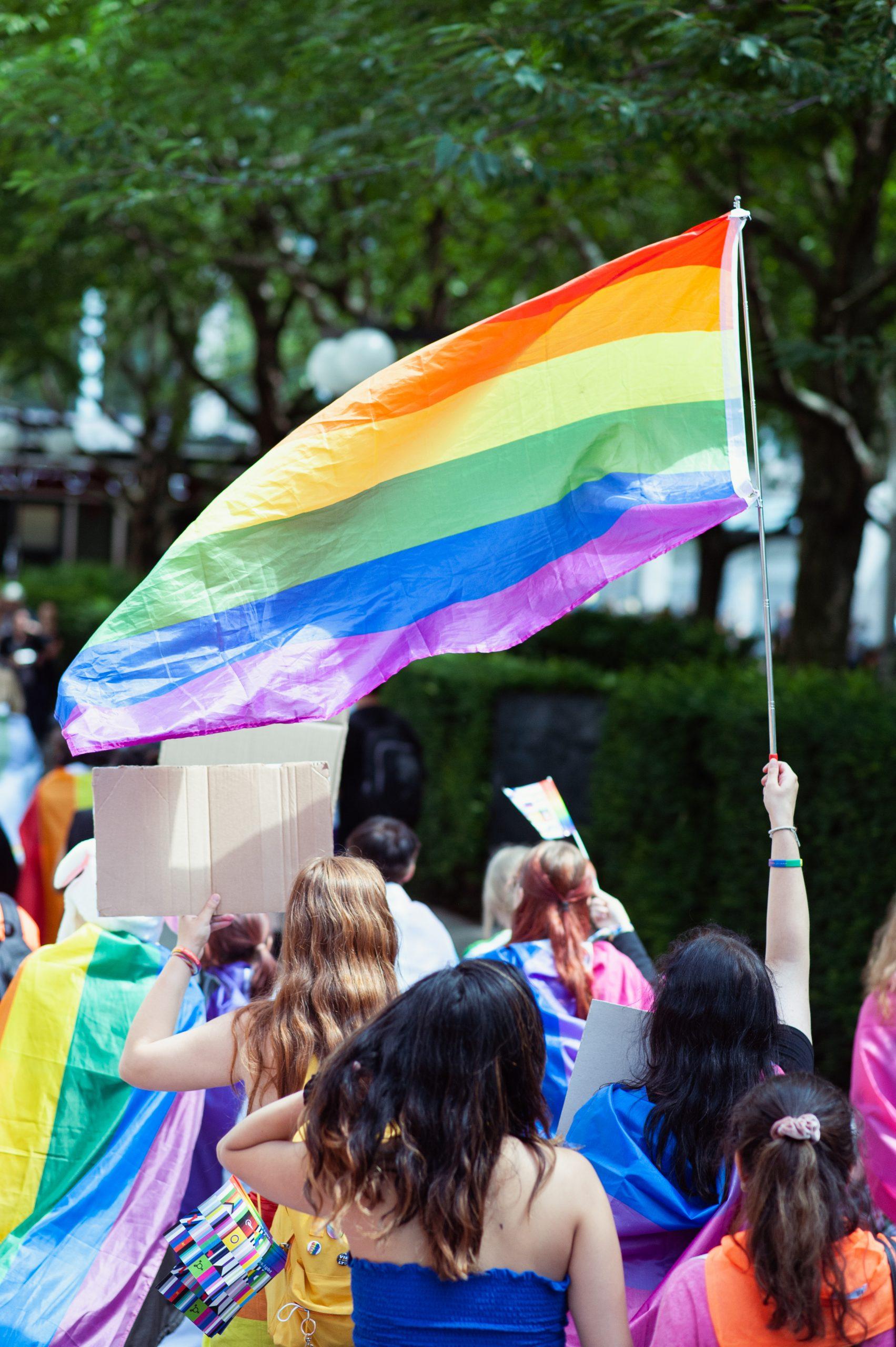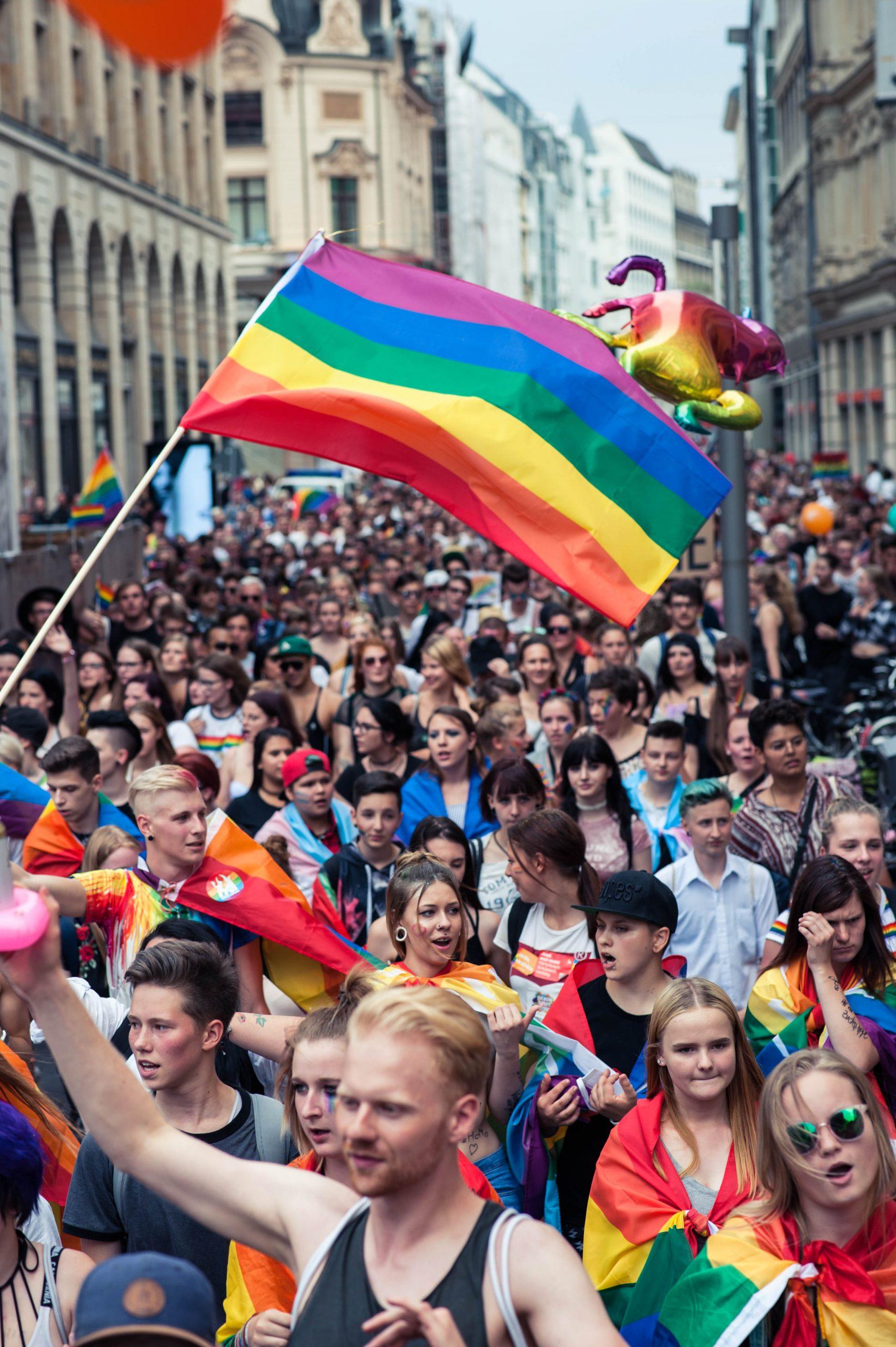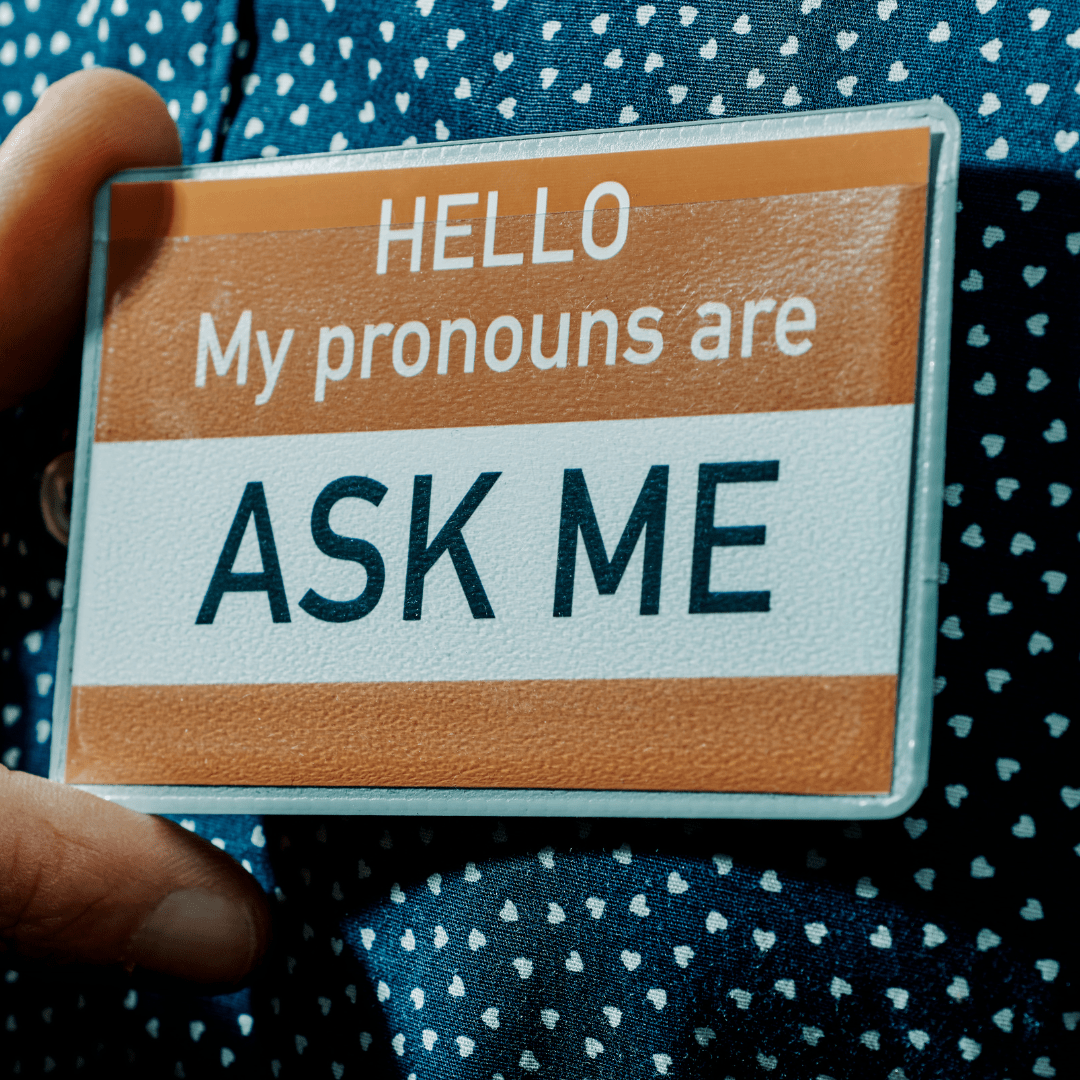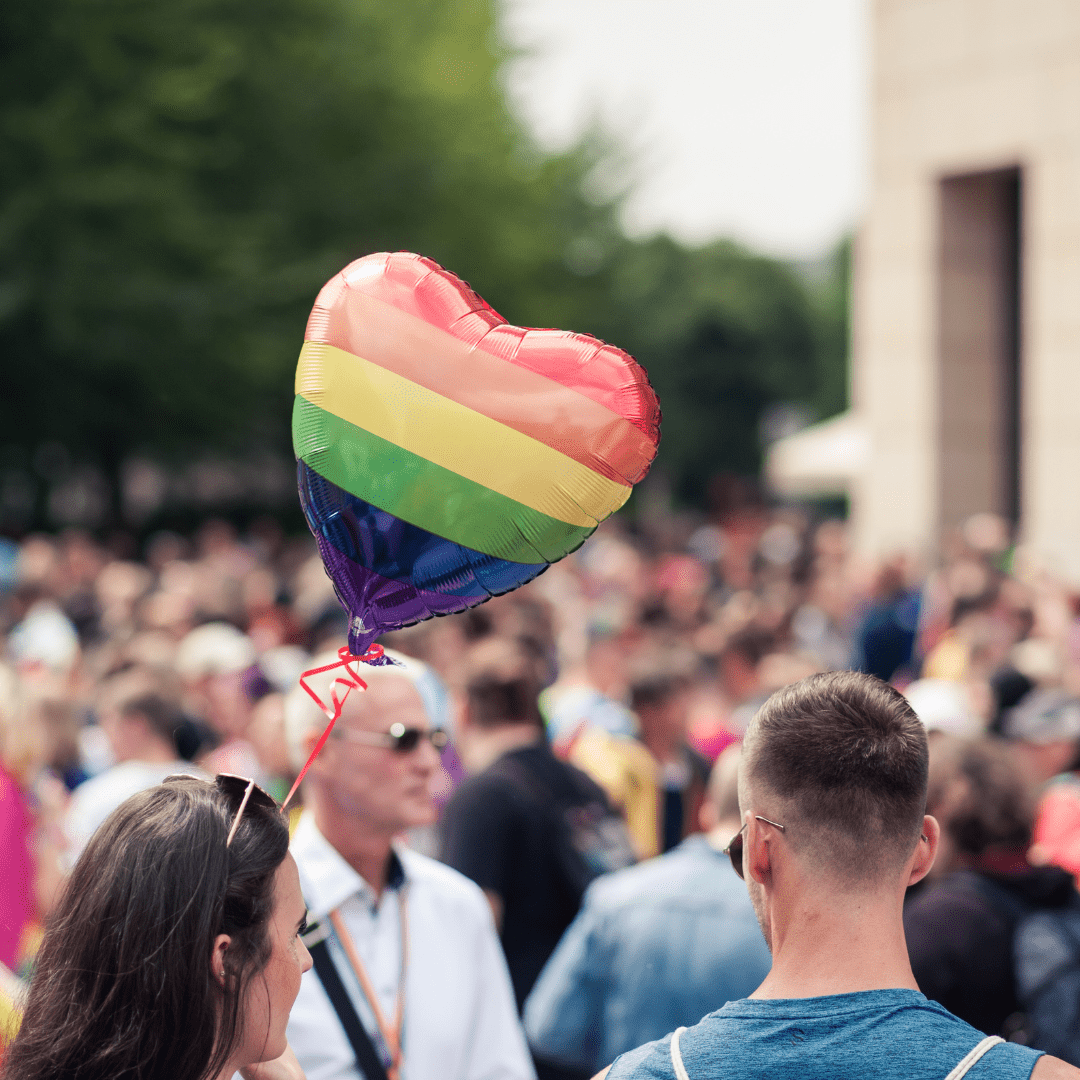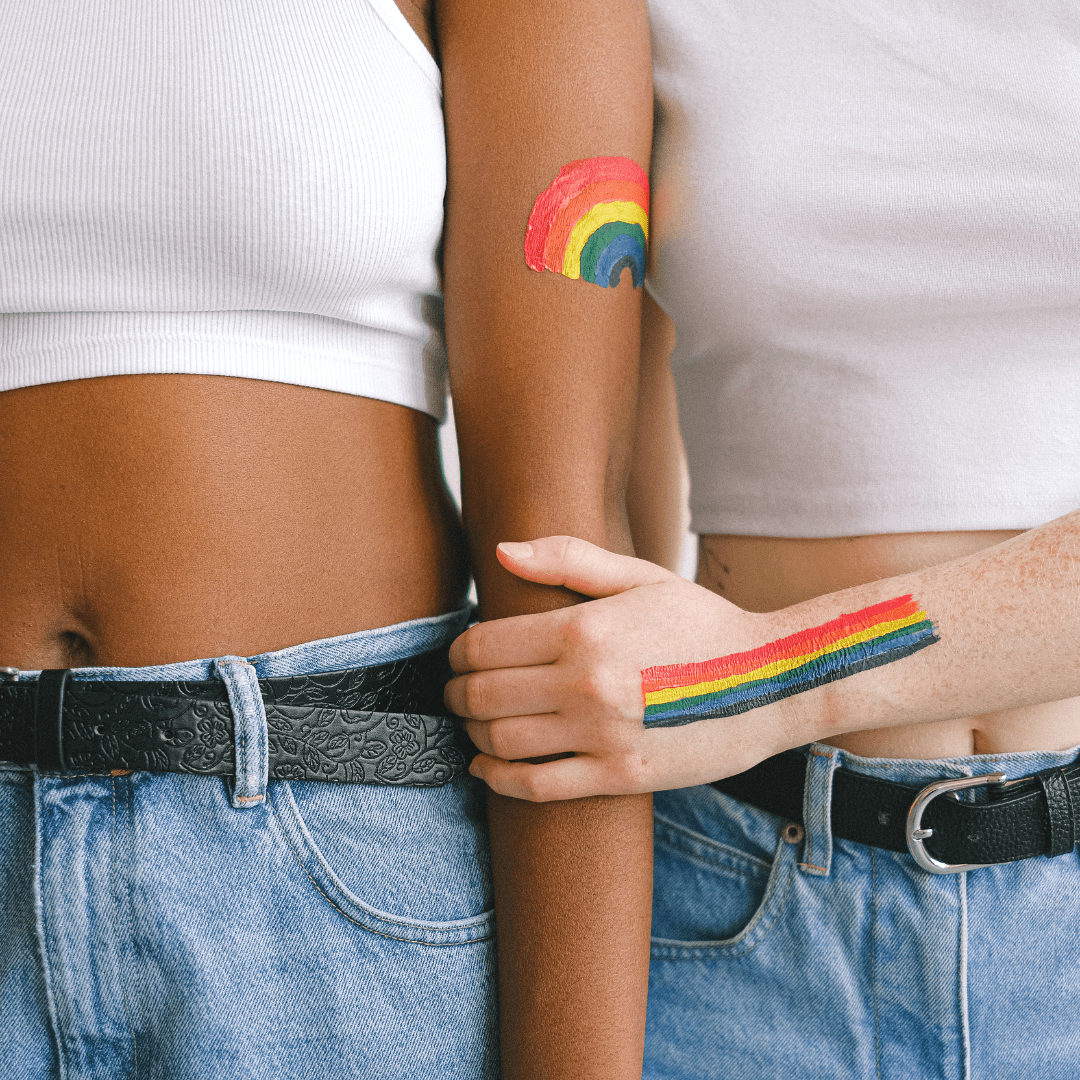26 October is Intersex Awareness Day worldwide. The term comes from Latin and means that a person cannot be medically categorised as either male or female. Some people prefer the word “inter” or “non-binary” to the German word “Intersexualität”, as being inter has nothing to do with a person’s sexuality, but means their gender identity.
Being inter does not only have something to do with a person’s sexual characteristics, i.e. their genitals. Things that lie within the body, i.e. genetic make-up and hormones, also play a role here. For some people, it can be determined at birth that they are intersex. For others, it only becomes clear at puberty.
In the past, intersex people had to categorise themselves as either male or female. Since 2019, it has finally been possible for people who are intersex to have their gender entered as “diverse” in their passport. Unfortunately, it is still primarily the parents (or doctors) who decide which gender should be declared at birth.
Many children born as inter were subjected to a wide variety of operations, sometimes extensive, at a very early age in order to adapt their gender to male or female. This was associated with a great deal of pain and risk and often took place without the children’s consent. In order to give intersex people the power to make decisions about their bodies, the law on the “Protection of Children with Gender Variant Development” was passed on 25 March 2021. This is intended to grant children their right to self-determination over their bodies.
Being intersex has nothing to do with being transgender. The biological sex of trans people can be clearly determined, but trans people do not feel that they belong to the sex assigned to them at birth. However, people who are inter can also feel trans, as they are often simply assigned to a gender as children with which they do not identify.

